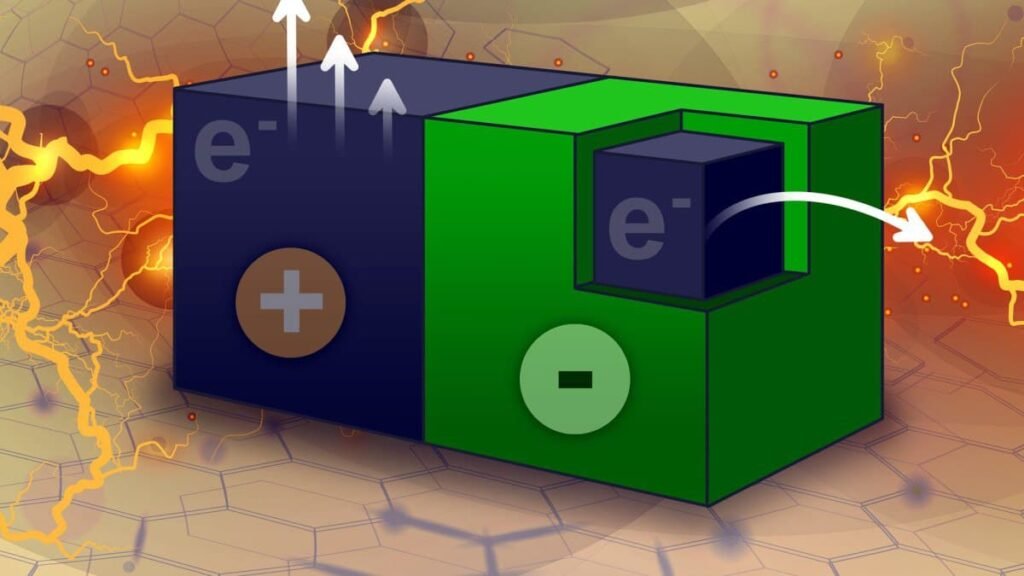Carbon Nanotubes Reactor
Researchers at MIT believe that tiny carbon nanotubes that create energy by bobbing in a particular liquid could one day be a breakthrough power source for micro-robotics and even smaller gadgets. The method could also provide a new and far more efficient source of electricity for electrochemistry, allowing chemical conversions to be made with less reliance on traditional power sources.
What are Carbon Nanotubes?
Carbon nanotubes are small, hollow tubes made up of a tightly packed lattice of carbon atoms. The tube’s underlying electrical qualities have been explored for breakthroughs in solar power generation, more effective computer processors, flexible batteries, and more, but the Massachusetts Institute of Technology team went to the tube’s intrinsic electrical qualities.
The researchers observed that partially coating a carbon nanotube in a Teflon-like polymer creates an asymmetry in how electrons flow through it – from the coated to the uncoated section of the tube. Submerging the nanotubes in a solvent that eliminates them is the only way to get the electron flow out.

Fascinating process
“This technique is fascinating because all you have to do is flow a solvent across a bed of tiny particles,” adds Michael Strano, the Carbon P. Dubbs Professor of Chemical Engineering at MIT and the project’s lead researcher. “You can accomplish electrochemistry without using any wires.”
Of course, we’re a long way from little power plants. The proof of concept involves crushing carbon nanotubes into a single sheet, which was then coated with the polymer on one side. The fragments were then chopped into little pieces – 250 microns by 250 microns – and soaked in an organic solvent.
Strano adds, “The solvent takes electrons away, and the system seeks to equilibrate by moving electrons. There isn’t any advanced battery chemistry inside. It’s just a particle that, when placed in a solvent, generates an electric field.”
The benefit is the scale, as each particle generates roughly 0.7 volts. A “packed bed” reactor is made by putting hundreds of particles into a small test tube. This demonstrated capable of generating enough power for an electrochemistry process known as alcohol oxidation – turning alcohol to an aldehyde or ketone – which would normally be impossible due to external power constraints.

What more to Come?
More electrochemistry power sources could be used in the reactors in the future, as well as capturing carbon dioxide from the environment to make the crucial polymer covering. Strano’s lab has previously proved that when carbon nanotube wires are gradually heated, they may create power.
More electrochemistry power sources could be used in the reactors in the future, as well as capturing carbon dioxide from the environment to make the crucial polymer covering. Strano’s lab has previously proved that when carbon nanotube wires are gradually heated, they may create power.
